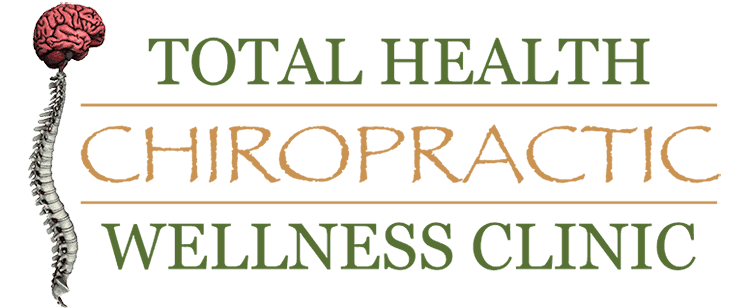According to the Asthma Society of Ireland, 1 in 5 people in Ireland suffer from hay fever, and further, 80% of asthmatics suffer from hay fever. Common hay fever triggers include flower pollen, tree pollen, wood pollen, grass pollen, and fungi spores. The pollen count conversation always goes hand in hand with the topic of allergies. Approximately 40% of the world’s population suffers from at least one allergic condition and some countries report that allergies increased by as much as 50% over the past decade.
 The most frequently recommended solution for allergy sufferers involves the ingestion of a variety of medications. Pharmaceutical companies earn hundreds of millions of euros from medications that often trade one symptom for another. Allergy medications come with a significant number of side effects which include drowsiness, dizziness, nausea, vomiting, moodiness (in some children), trouble urinating, blurred vision, and confusion. People spend approximately $8 billion on allergy drugs around the world each year.
The most frequently recommended solution for allergy sufferers involves the ingestion of a variety of medications. Pharmaceutical companies earn hundreds of millions of euros from medications that often trade one symptom for another. Allergy medications come with a significant number of side effects which include drowsiness, dizziness, nausea, vomiting, moodiness (in some children), trouble urinating, blurred vision, and confusion. People spend approximately $8 billion on allergy drugs around the world each year.
Allergies occur when the immune system encounters an irritant and mistakenly determines the substance to be harmful. The body initiates an attack mode and becomes overly aggressive in attacking the irritant with more ferocity than needed. The five most common allergens include: pollen, grass, dust, mold, and weeds. Inhaling or ingesting an irritant causes the body to produce specific antibodies which trigger the release of chemicals called histamines. Exposure to each of these substances typically increases in the spring and fall. Histamines ravage the body in the form of an inflammatory response that incorrectly warns the immune system of danger. Cascades of miserable symptoms accompany the histamines in the forms of itching, sneezing, nausea, and congestion.
The intimate relationship between the nervous system and immune system provides the possibility that Chiropractic may be the healthiest alternative to drugs when combating allergies. Chiropractic adjustments improve communication between the brain and spinal cord to help regulate and coordinate the body’s reaction to allergens. A 2003 study in The Internet Journal of Orthopedic Surgery, found that over 98% of allergy patients had vertebral
misalignment, and that correction of spinal misalignments improved the itching symptoms of chronic atopic dermatitis patients by 88% and correction of spinal misalignments improved the skin appearance of chronic atopic dermatitis patients by 72%. Noted, was an over 70 percent improvement in allergic symptoms via spinal correction treatments daily, primarily focused in the area from the 8th to 10th thoracic vertebra, for 3 – 6 months.
The spine’s relationship with the autonomic nervous system allows natural healing and long-term results to occur in Chiropractic clinics across the globe. Adjustments do not specifically target certain allergy symptoms or conditions. Chiropractic care reduces interference in the nervous system and promotes an environment that allows the body to better cope with allergens. Nervous system interference factors into the explanation of why two people from the same family or environment experience the same allergens differently. Chiropractic care improves resiliency to allergens and other germs while promoting peak performance in the body’s immune system.
4 Tips to Help Reduce Allergies:
- Keep the spine healthy through regular Chiropractic adjustments. Chiropractic reduces stress in the nervous system and improves immune system balance.
- Reduce inflammatory foods – sugar, especially refined and processed carbohydrates, frequently dairy (especially A1 pasteurised and homogenized cow milk), bad fat, and processed grains should be reduced and/or eliminated.
- Consume raw local honey. Raw local honey exposes the body to all forms of pollen and allows the body to build up natural immunity to the local pollen.
- Consume apple cider vinegar (ACV) and fresh squeezed lemon juice. Add 1tsp of ACV into a glass of water with fresh squeezed lemon juice and drink.
References:

